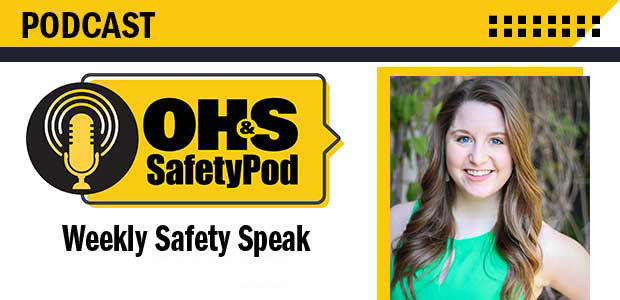
Episode 117
OH&S cannot thank you enough for your continued support of the podcast. Here's to closing out the year on a note of gratitude.

The NSC estimates an increase in roadway deaths, urging proper seat belt use to save 500 lives.
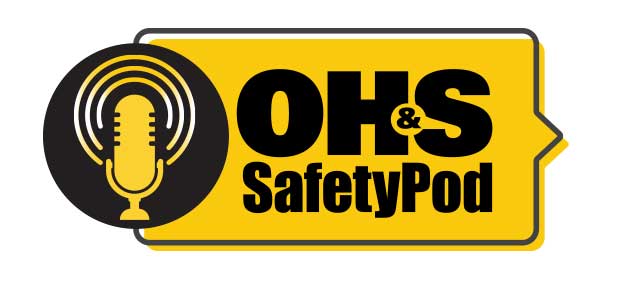
OH&S SafetyPod released over 1,000 minutes of content over 60 podcast episodes in 2021.
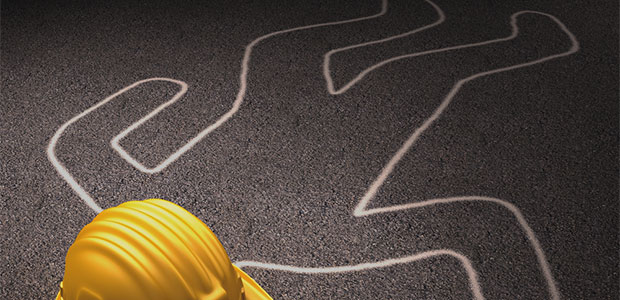
The ASSP is concerned about the uncertainty it perceives in newly released facility data from the U.S. Bureau of Labor of Statistics.
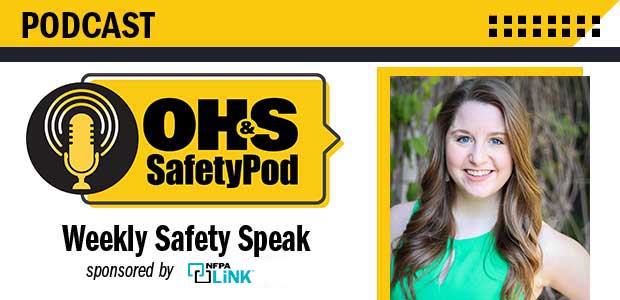
Episode 116
Temporary workers are owed the same about of protection as employees with permanent employment roles. In this episode, Editor Sydny Shepard breaks down some common worksite scenarios and how staffing agencies and host employers can work to jointly keep workers safe.
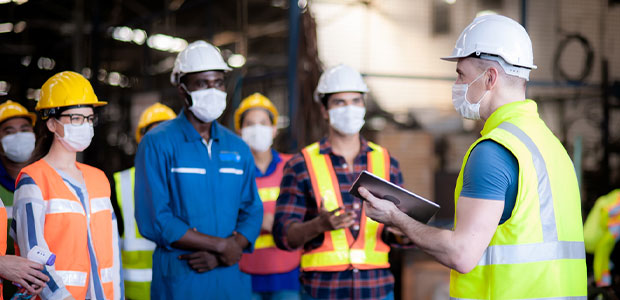
The U.S. DOL announced that OSHA and Langlas & Associates Inc. signed a strategic partnership to prevent serious hazards and enhance workplace safety and health practices for workers on the Rocky Vista University construction project in Billings, Montana.

The CDC does not consider the influenza season to have started yet.
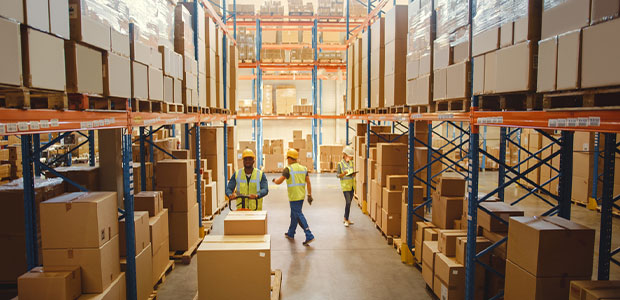
Distribution center workers face various risks — including heavy equipment, weighty packages, electricity and the potential for slips or falls. Keeping these workers safe is possible with practical and easy-to-implement processes.
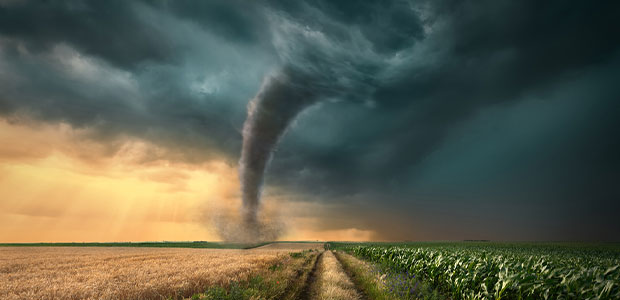
OSHA opens a probe into Amazon’s fatal warehouse collapse.

Episode 115
There are many roadblocks safety professionals face when improving safety at their facility, including lack of corporate level support. In this episode, Editor Sydny Shepard discusses methods you can use to evolve your relationship with the C-Suite.

Winter weather brings an increased risk of motor vehicle accidents. Nearly 40 percent of all weather-related traffic accidents involve snow or ice, according to the U.S. Department of Transportation.
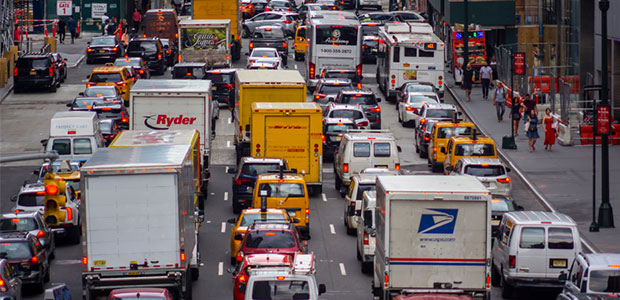
It’s no secret that the holiday season can present unforeseen challenges for all types of industries but especially the freight and logistics industry.
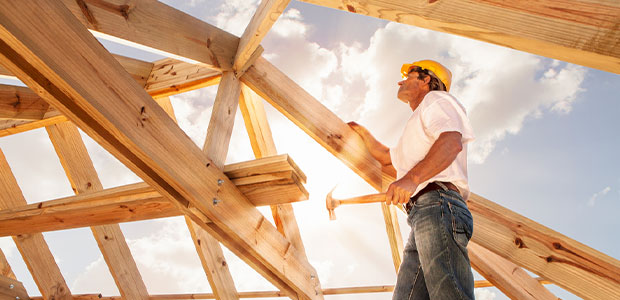
Despite a 2019 fatality within the company, ALJ Home Improvement continues to ignore risks and is now facing $244K in new penalties.
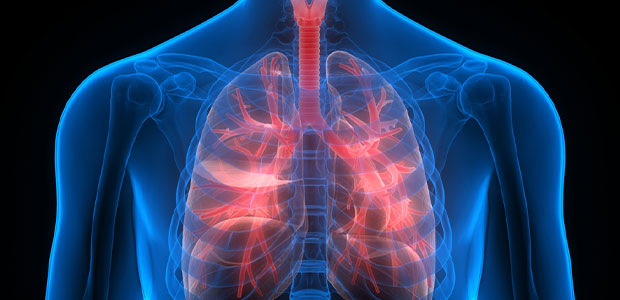
Work-related illnesses can worsen in the winter; prevent exposure to lung irritants and learn the respiratory diseases occupational workers are at risk for.
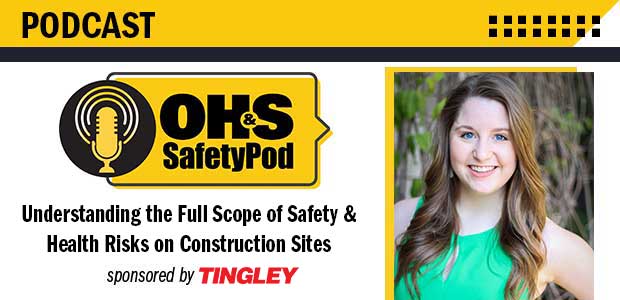
Episode 114
Join OH&S Editor Sydny Shepard to discuss top safety and health risks that plague workers on construction sites around the country and how you can anticipate and prevent them.

AIHce EXP 2022 will take place May 23-25, 2022 in person as well as virtually.

Richmond Construction Inc. faces $374K in penalties after fatal worker fall.